In dense, multi-tenant buildings, sound carries—especially during early mornings and late nights. For OEM/ODM teams and retail buyers, a truly Seattle quiet toothbrush delivers measurable acoustic comfort without sacrificing cleaning efficacy. Below are six B2B engineering and commercialization angles that explain why a purpose-built quiet model becomes the definitive Seattle apartment toothbrush.
First, define the target sound profile. In small apartments with shared walls, the perceived loudness of an electric brush isn’t only peak dB; it’s also frequency content, vibration transfer into hard surfaces, and duty time. A Seattle quiet toothbrush should:
Next, attack noise, vibration, and harshness (NVH) at the source:
Moreover, the enclosure and head coupling determine how much sound leaks into the apartment:
Furthermore, power systems must support quiet living:
Meanwhile, software polish transforms hardware quiet into daily comfort:
Finally, quiet must persist over the product’s life:
To build and market the best Seattle apartment toothbrush:
Ready to convert this into a spec? I can draft a two-page NVH & UX requirements sheet (motor control, damping stack, head geometry, validation plan) tailored to your manufacturing lines and urban retail partners. Contact us
.jpg)
.jpg)
Is Your Electric Toothbrush Losing Power Too Fast?
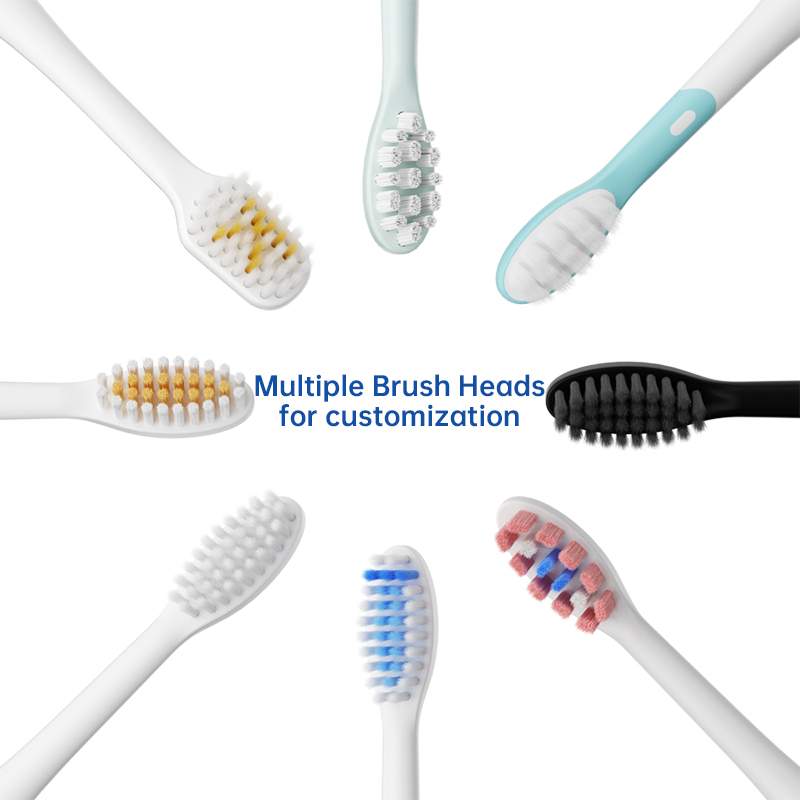
Top Water Flosser and Toothbrush Combo in San Diego?
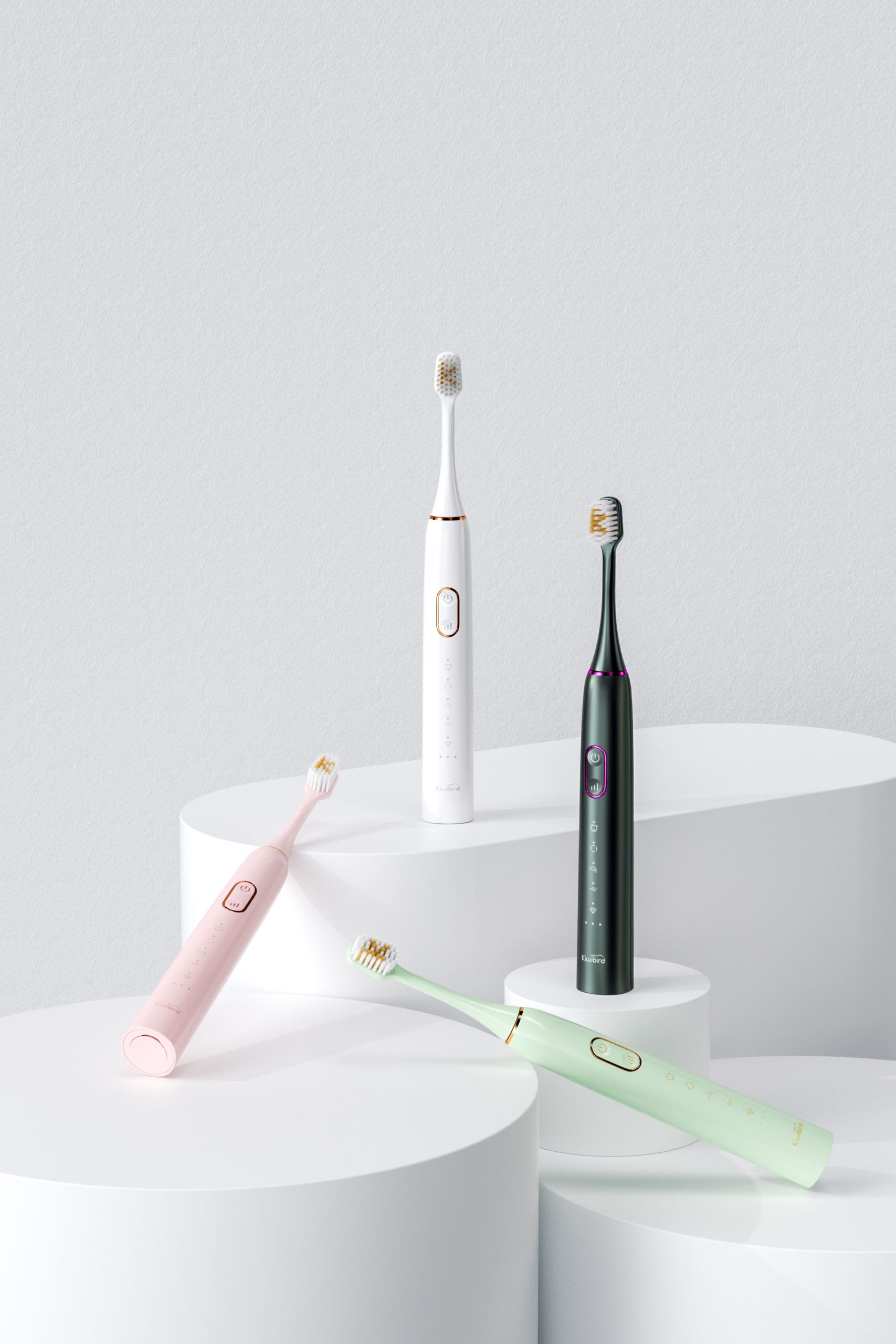
Which Electric Toothbrush With Whitening Works Best?
.jpg)
Oakland toothbrush deals — can you claim a California tax-free benefit?
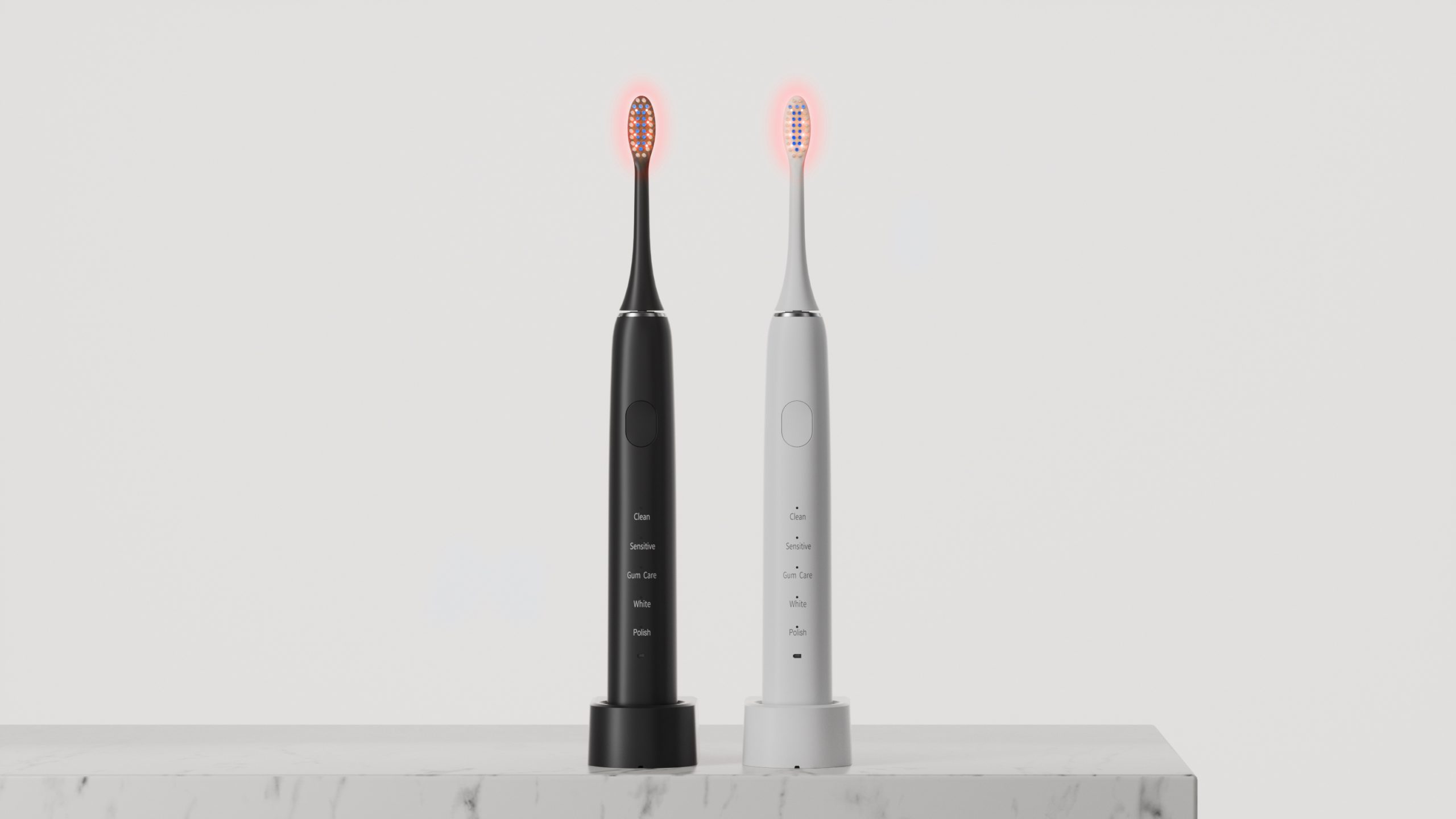
The Science of Light: How Red & Blue LED Technology Enhances Modern Oral Care
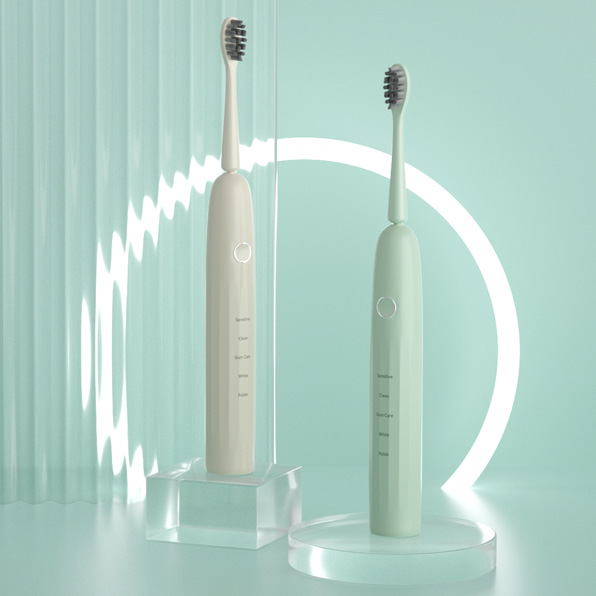
Corporate Wellness Electric Toothbrush OEM: Employee Health Programs
.jpg)
How does wireless inductive charging technology make charging simpler and more elegant?
electric toothbrush private label supplier
Is Battery Swelling Causing Pressure Loss?

How to Secure the Best Wholesale Price for Electric Toothbrush Export?

Functional Electric Toothbrushes: Building Market Competitiveness through OEM Innovation
Corporate Gift Electric Toothbrush Wholesale
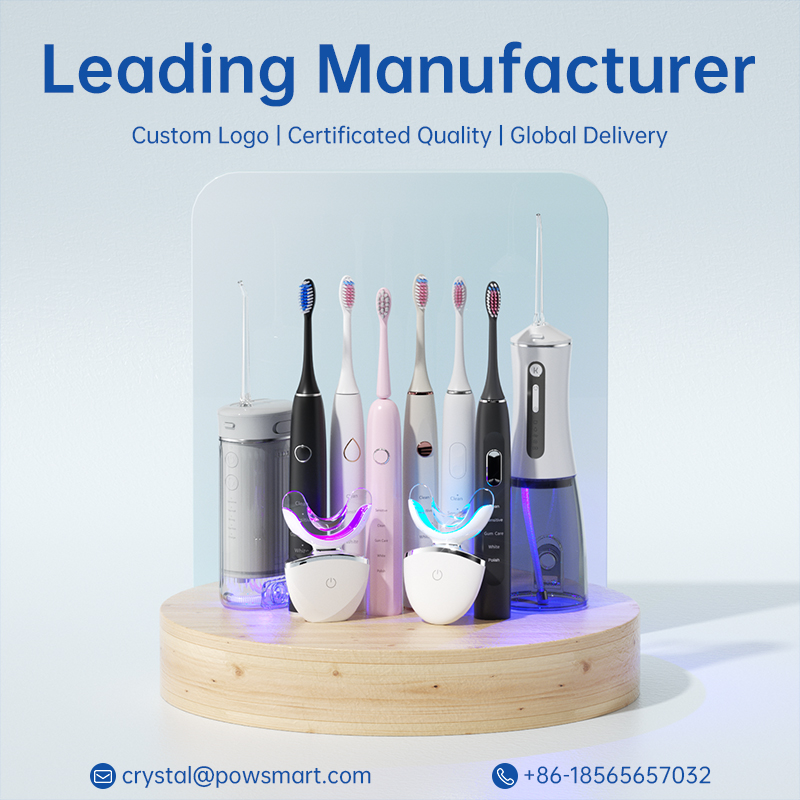
Oral Irrigator Factory Tell You How to Keep Water Flosser from Spraying Everywhere

White Label Electric Toothbrush OEM: Complete Branding Solutions
Dental recommended Texas models for Texas senior toothbrush needs?
Thanksgiving Employee Gift Sets Electric Toothbrush Seattle | Supplier

electric toothbrush heads Charcoal Infuse-Round

Private Label Whitening Gel

Electric toothbrush heads Charcoal Infused-Diamond

electric toothbrush heads Regular Clean

Customization Teeth Whitening Gel

electric toothbrush heads Ultra Soft
.jpg)
Florida Electric Toothbrush – Powsmart PTR-C8

electric toothbrush heads Deep Clean
whstapp
whstapp
National Toll-Free Service Hotline
+86 755 86238638